Transitioning from measuring ingredients by volume (in cups) to measuring ingredients by weight (in grams) will make you a better baker and increase your success rate because you will find your baking will be more reproducible from one batch to another and your ingredient measurements more precise.
If you are hesitant to make the transition from baking by volume to by weight, here's everything you need to know about why you might want to change your habits and how. There are also some instances when measuring ingredients by volume may actually be more appropriate. You'll find out when in the coming paragraphs.
As an Amazon Associate I earn from qualifying purchases.

What's the best way to measure your ingredients in baking?
The tools you use to measure ingredients for baking are a matter of habit, impacted by who taught you, where you learned to bake, and when. Technically speaking, as long as you use your tools correctly and you are consistent with how you use them, it doesn't matter what you use to get the job done, whether that's a measuring cup or a kitchen scale. That's why most of the recipes on this site are given in cups and in grams, to accommodate both ways of measuring ingredients.
Baking by volume
Most pastry professionals will bake by weight, but it's not the end of the world if you bake by volume. You can use graduated cup measures and sets of dry cup measurers to measure out your ingredients when you bake, measuring volumes in:
- cups, predominantly in Canada and the United States, but also Australia and New Zealand
- millilitres, in countries that follow the metric system, like England, France, and Germany
- fluid ounces, in countries that use Imperial measurement standards like the United States
In Canada, the standard for publishing recipes is to record and report ingredient measurements by volume, in cups and millilitres. This is actually redundant when you think about it because you could convert cups to millilitres and back easily, once you know that 1 cup is 250 mL (or 237 mL, depending on the writer and where they are located).
Baking by weight
Today, a few publications are transitioning to reporting ingredients in baking recipes by volume and by weight, so in both cups and grams, for example. Ricardo magazine is an example of a Canadian publication that now includes ingredient weights in baking recipes.
The old-fashioned pound cake is a classic recipe that is weighed: 1 pound of butter, 1 pound of sugar, 1 pound of eggs, and 1 pound of flour. The classic pound cake recipe is easy to remember and easy to scale up or down as necessary to fit the pans you are using.
To weigh your ingredients, you will need a kitchen scale. I recommend this digital scale from OXO, that you can buy on Amazon. The scale has settings for both metric and Imperial measurements, so you can weigh ingredients in grams (my unit of choice) or in ounces (unit of choice for Americans, among others).
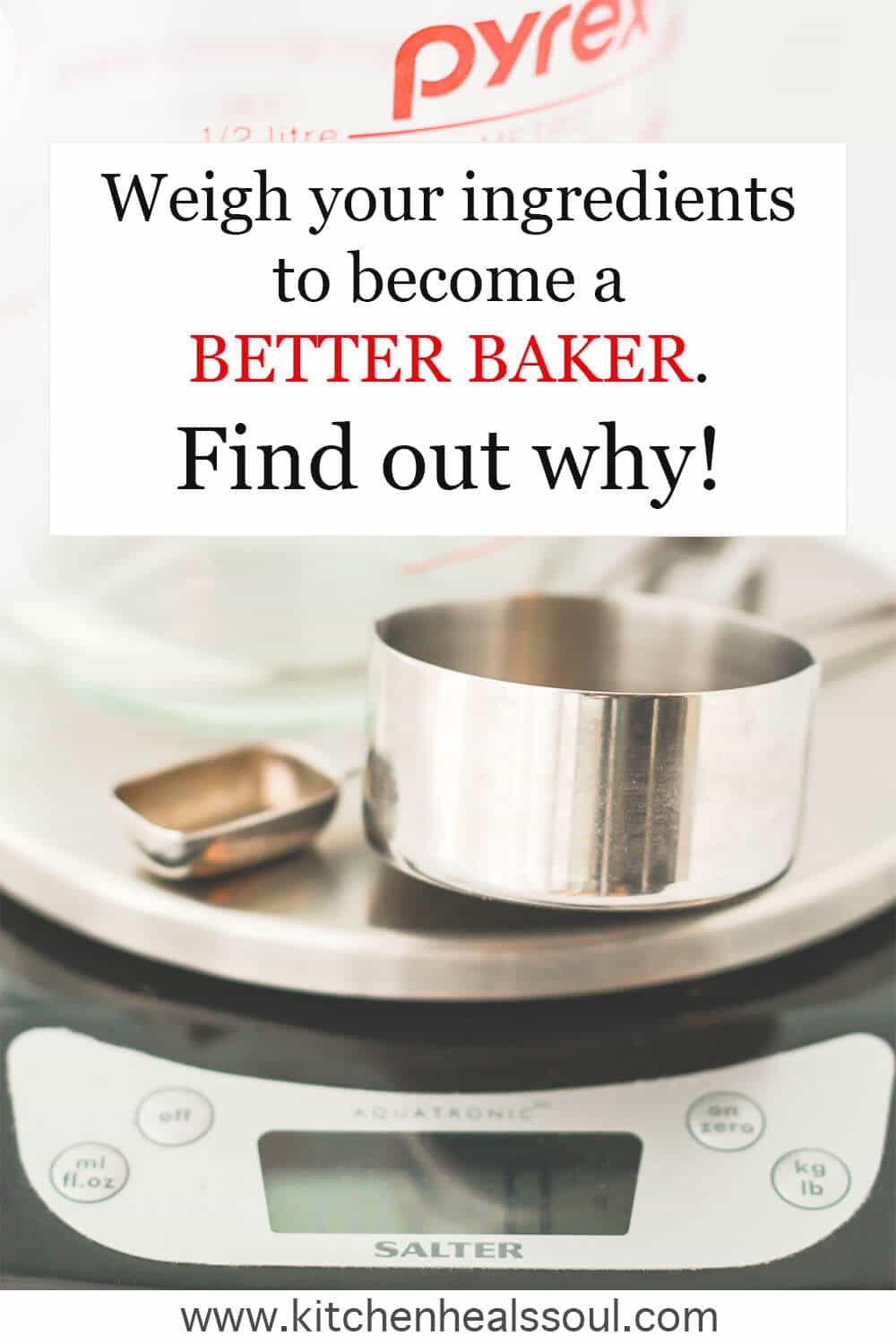
Why is it better to weigh baking ingredients
In theory, if you use your tools correctly, there's no reason to change the way you bake, but in practice a lot can go wrong if you choose to measure your baking ingredients with cup measures. The number one reason why I like to weigh ingredients, and specifically flour, is for the sake of reproducibility.
If I develop a recipe and I say that I used 100 grams of flour, there's little room for error when you go to measure the flour and follow my recipe (unless you use the wrong type of flour, or you forget to zero the scale before measuring, or you spill flour onto the scale, but I digress).
On the other hand, if I tell you to use 1 cup of flour, there are so many ways that I could have filled my measuring cup with flour, and your technique might be different than mine, so our results may be quite different. How do you fill your measuring cups? Do you scoop and level the flour? or do you fluff the flour, then scoop and level it? Or do you sift the flour before measuring it? Do you know how I fill a measuring cup with flour? Do you know if I sift the flour before measuring it?
The fact is that, depending on what type of measuring cup you use (and the country of origin of your tools) and depending on how you fill that measuring cup of flour, you might end up with as much as 160 grams of flour per cup, if not more if you pack it in, or as little as 100 grams or even less, and that's a significant difference that will have an impact on how your baked goods turn out. Here are some examples from reputable publications to prove my point:
- In Alton Brown's recipes, 1 cup of all-purpose flour weighs 135 grams
- In the Essential New York Times Cookbook, 1 cup of all-purpose flour weighs 140 grams
- In Julia Child's cookbooks, 1 cup of all-purpose flour weighs 140 to 145 grams
- According to the Joy of Cooking 75th anniversary edition, there are 4 cups of all-purpose flour per pound, which would work out to 114 grams per cup of all-purpose flour
- At America's Test Kitchen, 1 cup of all-purpose flour weighs 141 grams, but in the Dessert Bible, they report that there are 8 different ways of filling a dry measuring cup with all-purpose flour, and if you sift flour directly into a measuring cup, you could be adding as little as 88 grams of flour, which is very little flour per cup!
- Food52 tends to stick with the conversion that 1 cup of all-purpose flour weighs 125 grams, which is also the conversion I use. Check out my baking conversions chart for how I convert other baking ingredients for the recipes on this site.
So, as you can see above list, the amount of flour in 1 cup of all-purpose flour can vary from 88 grams all the way to 145 grams, depending on how you fill your measuring cup. And unless you know how the recipe author fills their dry measuring cups, how do you know you are adding the right amount of flour? The short answer is you don't know and this could have a huge impact on your baking results.
So, yes you can bake by volume and your results could be fine. But with some finicky recipes, your results could be skewed if you bake by volume. Whenever I give you a recipe, my goal is that, when you tackle that same recipe, you will achieve a deliciously similar result. I will continue to give you weights because I think it is the best way to convey a recipe. I'll also give you the corresponding volume because I know I can't convert all of you to my way of baking. But don't hate on me if you find your cakes are dryer than they should be!
For small quantities, stick to measuring by volume
I want you to start weighing your ingredients, but for certain ingredients, I want you to stick to volume measurements, specifically for small quantities of ingredients, like if you are measuring salt, or baking soda and baking powder.
I love my OXO kitchen scale, but the model I own isn't reliable for weighing ingredients under 10 grams. I find if I want to weigh out 5 grams of baking powder, sometimes it seems like I'm having to scoop more than other times. That's because the limit of detection of my kitchen scale is probably around 10 grams and though you could weigh less on this scale, you shouldn't because that measurement might not be correct, nor reproducible. And given that most of us don't have kitchen scales that are accurate enough for weighing very small quantities, under 5 grams or even under 10 grams.
To weigh out smaller quantities, under 10 grams, OXO has a new kitchen scale: the OXO Precision Scale (available on Amazon). The OXO Precision Scale was actually developed for coffee aficionados who like to meticulously weigh out coffee beans/grinds and hot water for single cup pour-over systems. The OXO Precision Scale can detect as little as 0.5 grams according to the company, which is perfect for weighing out small ingredients of baking powder, baking soda, etc.
Ratios
Weighing your ingredients is especially relevant when we talk about ratios. On this blog, when I give you a ratio, it's usually by weight, so when I tell you the basic biscuit is a 1:2:3 recipe, it's 1 part fat, 2 parts liquid, 3 parts flour, by weight. In other words, the recipe could be 100 grams of butter for every 200 grams of milk and 300 grams of flour, or 150 grams butter for 300 grams milk and 450 grams flour. It's 1:2:3 by weight. Same goes for cookies: the classic shortbread ratio I use is 1:2:3, meaning it's 1 part sugar, 2 parts butter, 3 parts flour, by weight.
1:2:3 by weight vs 1:2:3 by volume
I'm sure there's a little voice in your head that's thinking "how different would it be if I were to measure out the 1:2:3 recipe with cup measurers? It can't be that different!" And I will be honest, that little voice in my head tells me that sometimes too. The trouble is that little voice is WRONG, and I do mean wrong in an all-caps, underlined, bold font kind of way. And, like the good little researcher that I am, I decided it would be best to show you how wrong: I baked an extra batch of the basic biscuit, using the 1:2:3 recipe, but measured by volume instead of weight. My recipe was still 1:2:3, but by volume, which worked out to the following:
- ½ cup butter
- 1 cup milk
- 1 ½ cups flour
- 2.5 teaspoon baking powder
- 1 ¼ teaspoon salt
- 1 teaspoonful of sugar
I ended up with a dough like this, which reminded me of a thick, wet pancake batter:
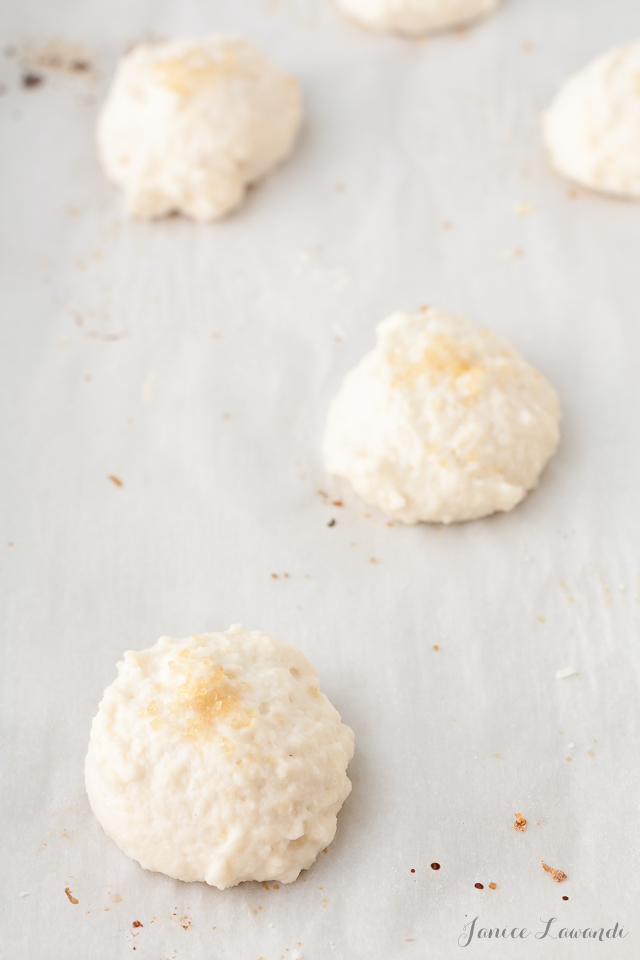
The resulting "biscuits" weren't biscuits at all. I ended up making super buttery/cake-y cookies. Not biscuits. Not even close. Actually, if you convert the 1:2:3 by volume recipe into grams, it works out to:
- 115 grams of butter
- 250 g milk (or rather 237 g depending on your cup measurer)
- 187 grams of flour
That is not enough flour to make the resulting dough a biscuit dough. It's a little over half the amount of flour you'd need to make a biscuit with that amount of butter and milk. So, 1:2:3 by weight is completely different than 1:2:3 by volume, and depending on the source of your recipe ratio, you need to verify if the ratio was developed for volumes or weights.
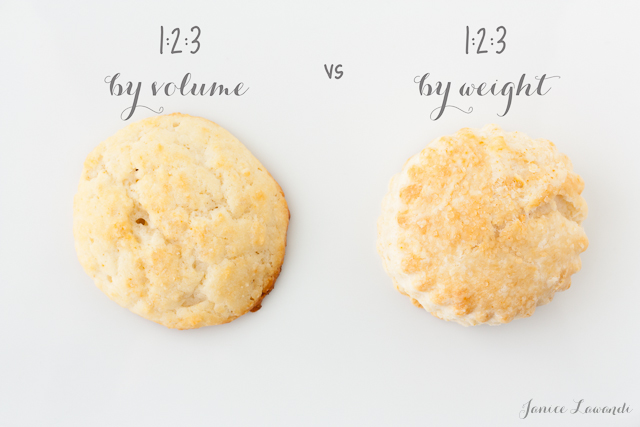
But wait, ratios by volume do exist!
Here's the thing: there are ratio recipes that were developed for volumes. For example, the traditional, ever popular French cake "Gâteau au yaourt" was developed using the yogurt container as the unit of measure.
This simple cake is based on a 1:2:3:4 recipe, where you measure out 1 yogurt cup's worth of oil, 2 yogurt cup's worth of sugar, 3 yogurt cup's worth of flour and 4 eggs (along with salt, leavening agents, and flavours like citrus zest and vanilla). Of course, you also add in the yogurt from the yogurt cup to the recipe, so I guess it's actually a 1:1:2:3:4 recipe, and some use 3 eggs, while other's use ½ a yogurt cup's worth of oil, but I digress...
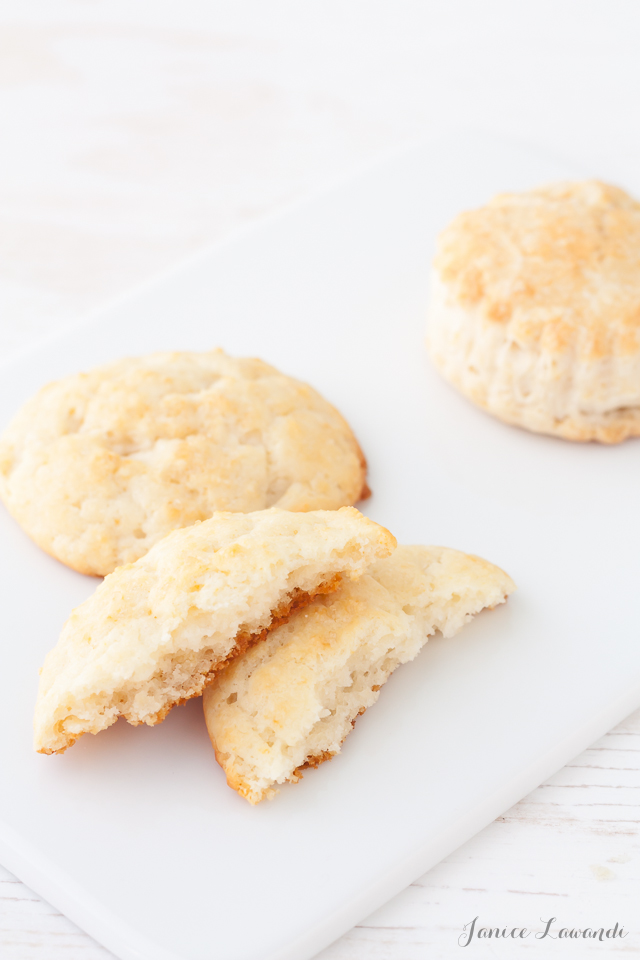
I have more to say on weighing, but in the meantime, I also wrote an article for Food Bloggers of Canada.


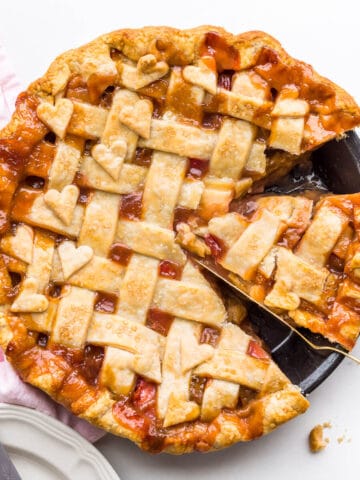
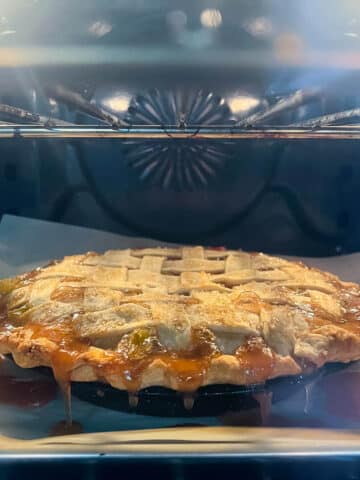
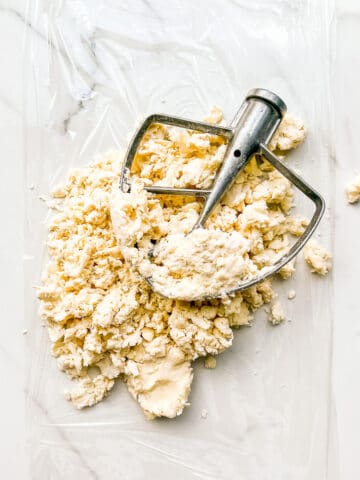
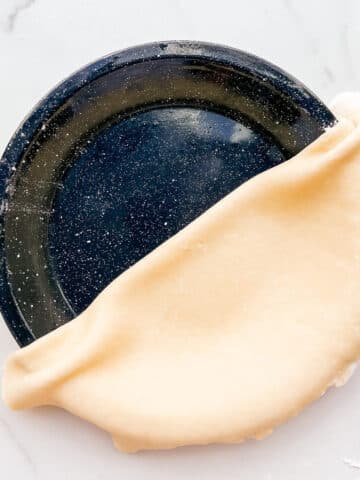
Keith B. Peterson says
I really like this article. I do use a kitchen scale and have an easy time with the SI. I am a mechanical engineer, yet sometimes these recipe conversions make me cross-eyed. I submit that when doing those tricky conversions for different pan sizes; (ex. converting a recipe originally based on a 2 in. x 8 in. pan into one 3 in x 8 in.) there seems to be less than the required amount of batter for the larger pans. I mainly calculated the volume of both pans and as in this case divided the volume of the larger pan by the smaller--presto, exactly 1.5 larger in volume; hence, 1.5 times the ingredients, or maybe not? Or the inverse would be .66667, yes?
Using an actual bake, I baked a Walnut/Honey/Prune Cake, using the above conversions. My handy-dandy spreadsheet I created (it will convert the ingredients for any pan size that is either 2" or 3" deep by just entering diameter and the depth) predicted that I would get 1.5 times the batter of the proven 2" x8"--10.5 cups, 84 ounces--42 oz. per pan. I did! Issue? The quantity did not quite fill the pan to 2/3 of its volume as expected. It was just a smidge above halfway. Notwithstanding, the cake was delicious!
SO, if my post did not give you a headache (haha), perhaps there is something missing that you could point out?
Anyway, thank you for these realizations regarding measures, I totally agree with you.
Sincerely,
Keith Peterson
Everett, WA
Janice says
Hi Keith, I am actually working on pan conversion charts (and some other charts that I am hoping to release later this month), so I am literally working on a spreadsheet of pan conversions right now, so good timing!
OK, so you want to convert a recipe for an 8x2" round pan to an 8x3" round pan. According to my spreadsheet, the 8x2" round pan (assuming straight edges) has a volume of 7 cups, whereas an 8x3" round pan has a volume of 10 cups (we are rounding these numbers a little for the sake of sanity, but that's okay). So this would be like you say 1.4-1.5x the cake batter recipe. And you are saying you multiplied all your ingredients by 1.5 and then when you filled the 8x3" pan, it only filled it halfway. That is odd! And doesn't really make sense to me. Are you sure the first pan is 2" height and the other pan is really 3" height and that both pans are truly the same diameter? Other thought: are the edges slanted, because then we need to calculate the volume of a truncated cone, LOL! Oh, the math...
We must be forgetting to factor a key piece of information in our logic. Let me think on it a little!
Laleh says
This is the best weight versus volume information that I have ever come across! What happens to eggs when we need to reduce the amount of batter to fit a smaller pan if that dictates us to use only a part of an egg? For example, two n half egg? Thank you.
Janice says
Hi! This is a great question. Scaling up or down a recipe can be tricky because of the eggs. First of all, I'd convert the number of eggs to a weight. Assuming a recipe has one large egg and we know it's 50 grams of egg per cracked large egg, if I want a half recipe, I'd need 25 grams of egg. Then what I do is I crack an egg into a small bowl and whisk it with a pinch of salt to try to break up the protein globs and to better combine the white and yolk. Then I'd weigh out 25 grams of that whisked mixture. I find the salt helps get a more even mix of the white and yolk, but it's optional. Hope that helps and thanks for commenting!
Janice says
Oh and to answer your specific question about 2.5 eggs, I'd weigh out 25 grams of a whisked egg to count as the 0.5 eggs and then add 2 eggs to that!